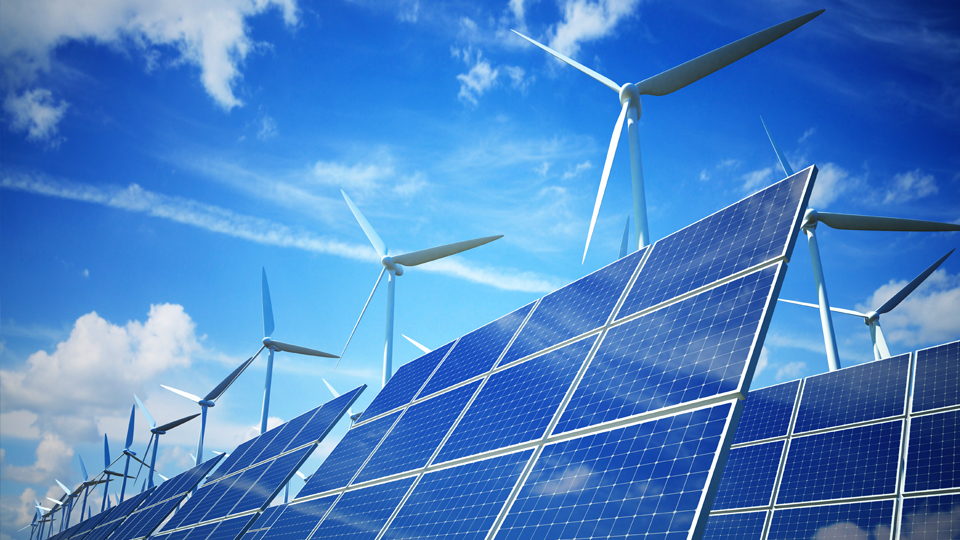The recurring question regarding the use of renewable energies, especially solar panels, always focuses on the efficiency of their technology. It is impossible to give a straight forward answer to this kind of question, because the efficiency and reliability of such instruments, might vary depending on several facts. In practice, renewable energies are really convenient if they meet specific conditions. This article aims at making a brief but precise synthesis of the main questions raised by this subject.

2. Clarifications.
Before focusing on this specific matter, some clarifications need to be made, in order to dispel stereotypes, which are often misleading. The term solar panel is correct, although too much overused and in some cases misused. In fact, in everyday language, the term is commonly used to designate both photovoltaic solar panel (electric power production) and thermal solar panel (heat production). Even though these panels, tend to have similar shapes (but not always), their functions are different. Such consideration should always be kept in mind, in order to avoid misunderstandings. However, since both technologies are related to energy savings and home automation, it seems appropriate to talk about both.
3. Building-integrated photovoltaics: solar energy is not the ultimate answer, but a valuable additional aid.
Unfortunately, and often, it happens that workers in the energy sector, talk about solar panels, as if they were the best remedy for the ills of our society. If you listen to some experts, you just need to get some solar panels to stop paying for your electricity bills. Such considerations are completely FALSE.
So let’s focus on the first condition, that determines the efficiency of a solar energy system. The system must be an addition to a main energy source (which could also be environmentally friendly and / or renewable). This mean that, a solar energy system will only be efficient, if it represents an additional aid to a main system and used for specific functions, within a home automation architecture. This architecture, must be planned by specialists in the field and aware of the choice of materials and tools, that must be used (particular attention has to be paid to the choice of wiring cables and insulations).
4. Examples of home automation architecture.
First, we should start by defining what home automation is.
This term is used to indicate an interdisciplinary area, that includes in a unique concept, techniques and technologies aimed at improving the quality of life. If we apply this concept to energy supply for households (or for an industrial environment), the process of implementation and integration of energy systems, is even clearer.
In other words, when solar thermal panels are installed, combined with a main heating system (such as a pellet stove or a biomass stove), they will be able to support the production of sanitary hot water and will contribute to an average saving of 15% on the bill.
On the other hand, if we wanted to use it as the main energy system, we should be ready to have a bunch of cold showers. If we take it for good, it relies on the expertise and knowledge of experts in the field, to understand how much energy supply a place requires, whether the preexisting system is powerful enough or if an additional system is needed. Following this analysis, the most suitable energy system, should be recommended. The same analysis, should be carried out, when a photovoltaic system, for the production of electrical energy, has to be installed.
These assessments must also take into account other factors such as:
– Geographical position of the premises (for instance Lombardy and Sicily will require two completely different heating systems)
– Orientation of the premises in relation to the sun
– Insulation of windows and lining of the structures (roofs mainly)
– Building and roof colors
– Exposure to the wind
As you can see, the efficiency of solar panels is not a 100% reliable, but strongly influenced by specific factors, that many of you might not be aware of, but that shouldn’t have been neglected by the industry experts.
5. Wiring system and electrical leakage at home.
Another aspect not to be underestimated, concerns the installation process of the system, and the choice of wiring cables. This is crucial to get the best performance of the system.
Panels can be installed either in series or in parallel, and their number depends on required energy needs. Therefore, it is not that useful to talk in details, about this subject although of considerable interest. Instead, we will spend some more time, talking about the choice of wires. Very often, wrong wires are chosen and this choice leads to a series of different mistakes.
First of all, when choosing electrical wires, please pay attention to their size. It must be proportionate to the maximum power output supplied by the panels. If the wire is disproportionate, compared to the real power produced by the panels, there will be a greater resistance, on the transmission of electricity. This certifies that, the effectiveness and efficiency of the system will be compromised. Moreover, it is important to highlight that, an excessive transmission of electrons may overheat the plastic of the wires, thus generating fires. For this reason, it is necessary to contact companies that produce wiring cables, using high-quality materials, tested and certified centimeter by centimeter.
(Further details are contained on this web page of the official website of Triveneta Cavi: http: //www.latrivenetacavi.com/it/cavi_categorie.aspx? Type = 92)
